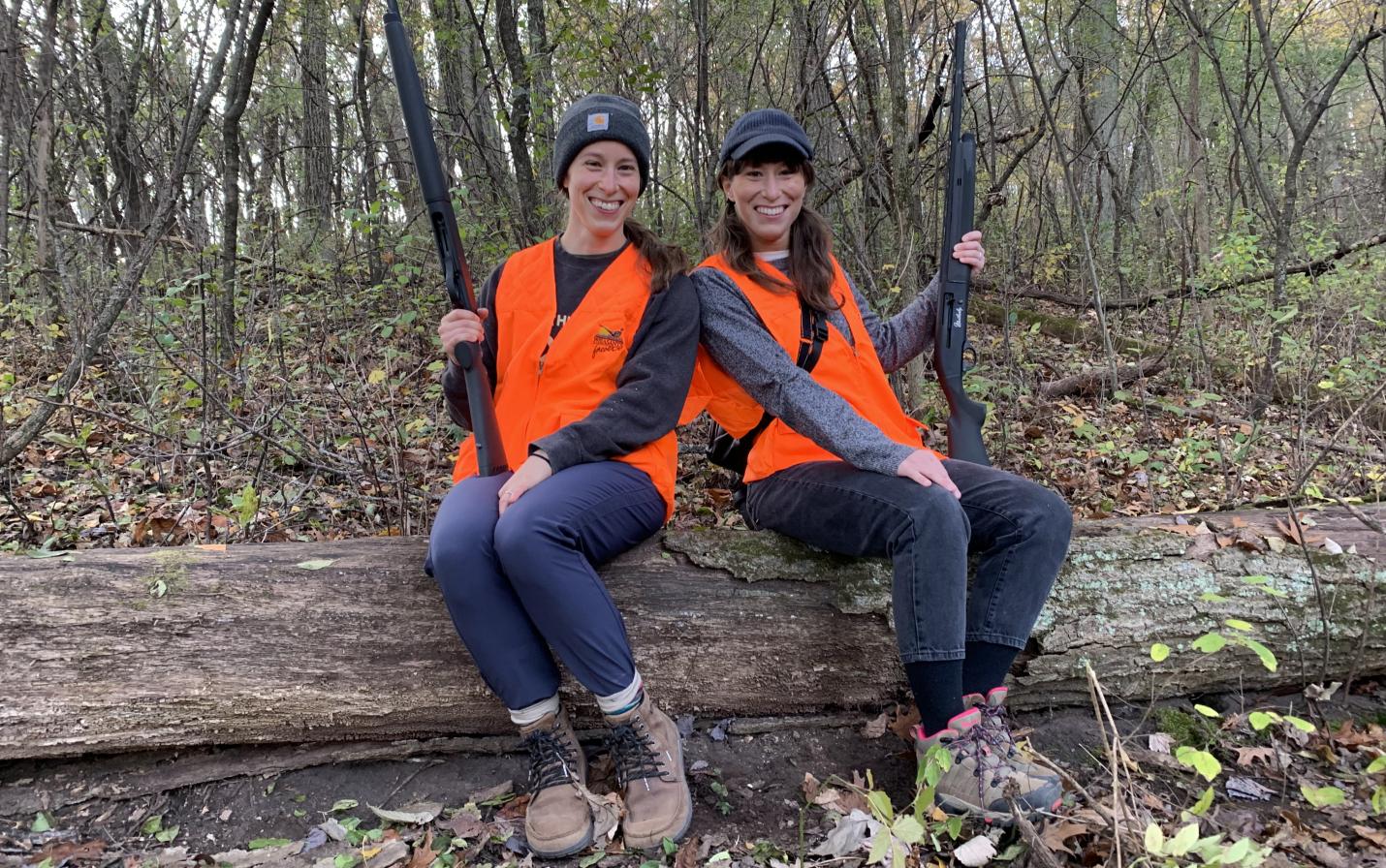
Let's protect ourselves and wildlife
We all know that lead is a danger to all living things. For humans, we are still battling the problem of lead water pipes that were put in in the late 1800s to mid - 1900s. Some lead pipes remain in use within our public water supply and private lead pipes still connect homes and other buildings. We are getting on top of this problem but more work needs to be done to eliminate lead water pipes.
There are other sources of lead that are affecting wildlife. These include lead sinkers that fishers use and lead shot and bullets that hunters and trap shooters use.
Fishing lines are always breaking and sinkers can become detached. They then sink to the bottom where they can be picked up waterfowl or other species, resulting in lead poisoning problems. Today, non-toxic sinkers are readily available but not used by all fishers. Hopefully this will change in the future.
A more serious problem exists when hunters and trap shooters use lead shot and bullets.
A major problem developed as many early trap ranges were places over marshes, wetlands and lakes to “conserve” uplands for farming or development. No one realized the hazard that was coming as lead pellets built up over the years.
When sufficient lead pellets did build up, it soon became apparent that there was a problem as die-offs of waterfowl and other wetland birds began to occur. An excellent example is found in the La Crosse Marsh where a trap range, overlooking the Marsh, was active from 1929 to 1963. From the 1930s to about 2000, dead and dying waterfowl were being found. In 2013, 2014 and 2015, the La crosse Marsh was sampled for lead shot pellets that had been fired from the trap range and high concentrations of lead pellets were found.
Today, trap clubs have moved and now shoot over high ground. Most trap shooters still use lead but periodically the lead pellets on these ranges are cleaned-up and die-offs are extremely rare. Even the die-offs on the marshes, wetlands and lakes that had been shot over are also becoming rare as the old lead pellets sink further into the muck and are covered up by incoming silt and sand. This has also occurred on the La Crosse Marsh as lead poisoned birds have not been found for sometime.
Another more extensive lead pellet problem occurred throughout our marshes, wetlands, lakes and rivers as well as upland areas as waterfowls and upland game hunters, for hundreds of years, used lead shot. Thus lead pellets have been scattered over most wetland areas in North America and elsewhere. Fortunately, most of this area has a very low density of lead pellets as these areas were shot over only occasionally and pellets are widely scattered. However areas that were regularly hunted did build up high densities of lead pellets and die-offs of ducks and geese, including major ones, began showing up.
These die-offs became of enough concern that in 1991 the federal government prohibited the use of lead shot for waterfowl hunting. Now in the US and Canada, non-toxic shot, mainly steel shot, is required for hunting ducks, geese and other migratory birds. Now die-offs are extremely rare as the old lead pellets are sinking into the muck and being covered up by incoming silt and sand, as has happened on the trap ranges.
Another problem involves the use of lead bullets when hunting big game. When big game such as deer are killed with a lead bullet, the bullet typically shatters and scattered pieces of lead can be found throughout the gut track and lungs. When the animal is gutted in the field, the lead fragments are there for birds and other animals to ingest. We all have heard about lead poisoned eagles that have been eating on gut piles.
Birds are especially vulnerable to lead poisoning as they grind injected lead sinkers, pellets and fragments in their crops. If enough finely ground lead is then absorbed through the rest of the digestive track, lead poisoning sets in. Most mammals, however, pass these solid lead objects through the digestive system so seldom absorb enough lead to become seriously poisoned.
Today, non-toxic bullets are available and as accurate and effective as lead bullets. Unfortunately, they are more expensive and many hunters still use lead bullets. Hopefully with education and a better understanding of the lead poisoning problem in eagles, more hunters will switch to non-toxic bullets.
We are making progress in addressing the problem of lead in the environment whether lead water pipes, lead pellets in wetlands or lead bullet fragments in gut piles. We still have work to do on all these fronts and hopefully will see a lot of progress made over the next decade to: Get The Lead Out!
Above: Women are the fastest growing demographic among hunters, whose ranks are shrinking nationwide and in Wisconsin. The sisters in this photo are part of a Learn to Hunt Squirrel Class through the WI DNR. Shot size and type are one of the topics covered in these classes. These hunters have chosen to use steel shot.